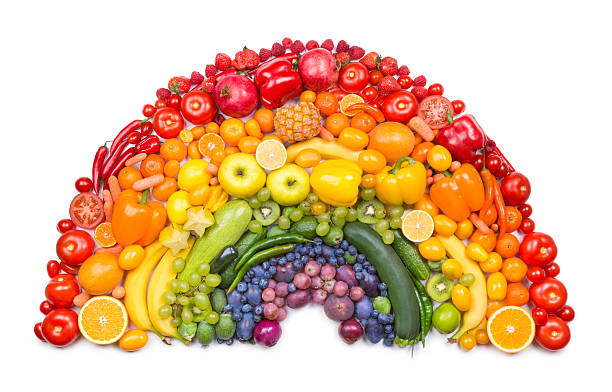The Subtle Art of Color Blocking: Past, Present, and Future
In the kaleidoscopic world of fashion, how do you turn heads without saying a word? With color blocking, of course! An artful play of tones and hues that adds a vibrant twist to your ensemble. Let's dive into this exciting trend, from its roots to its current popularity, and see how it's shaping our shopping choices.

History and Evolution of Color Blocking
Color blocking, the technique of combining different blocks of color in an outfit, has been a significant part of fashion history since the 1960s. The trend was initially spurred by the Pop Art movement and the works of artists such as Piet Mondrian. Yves Saint Laurent, the famed French designer, was one of the first to bring this art form to the runway, with his now-iconic Mondrian dress.
Throughout the decades, color blocking has seen various mutations, from the vibrant clashes of the 80s to the more refined and understated combinations of the 90s. It has managed to retain a degree of popularity throughout these changing times, proving its adaptability and resilience.
Current Trends and Styling Recommendations
Fast forward to today, color blocking has evolved into a more sophisticated, less rigid technique. The focus is no longer just on using contrasting hues, but also on experimenting with different textures, patterns, and shades within the same color family.
For instance, pairing a bright, bold top with a darker bottom in the same color family is a modern take on color blocking. Or you could experiment with pastels, combining a soft pink blouse with mint green trousers for a fresh and trendy look.
The Appeal and Influence of Color Blocking
What makes color blocking so appealing is its versatility and the endless possibilities it offers. It allows you to create unique, personalized looks without needing an extensive wardrobe. It’s a trend that encourages creativity and individual expression, making it a favorite among fashion-forward shoppers.
Moreover, color blocking has also had a significant influence on consumer behavior. It encourages shoppers to think beyond individual pieces and consider how different items can work together to create a cohesive look. It has also led to an increase in the demand for clothing in bold, vibrant colors.
Practical Insights and Tips
- Start simple: If you’re new to color blocking, start by pairing two contrasting colors. Once you’re comfortable with that, you can start adding more colors or playing with different shades and textures.
- Use color wheel: A color wheel can be a handy tool for color blocking. Complementary colors (those opposite each other on the wheel) and analogous colors (those next to each other) are usually great for color blocking.
- Don’t forget accessories: Accessories, such as bags, shoes, or scarves, can be a great way to introduce color blocking into your outfits without going all out.
- Balance is key: While color blocking is all about boldness, it’s important to maintain a sense of balance. If you’re wearing a brightly colored top, consider pairing it with a more neutral or subdued bottom, and vice versa.
In conclusion, color blocking is a vibrant and creative fashion trend that has stood the test of time. Its appeal lies in its versatility, the room it provides for personal expression, and the fun it brings to dressing up. So the next time you’re shopping or planning an outfit, why not give color blocking a try? You might just discover a new favorite look.




